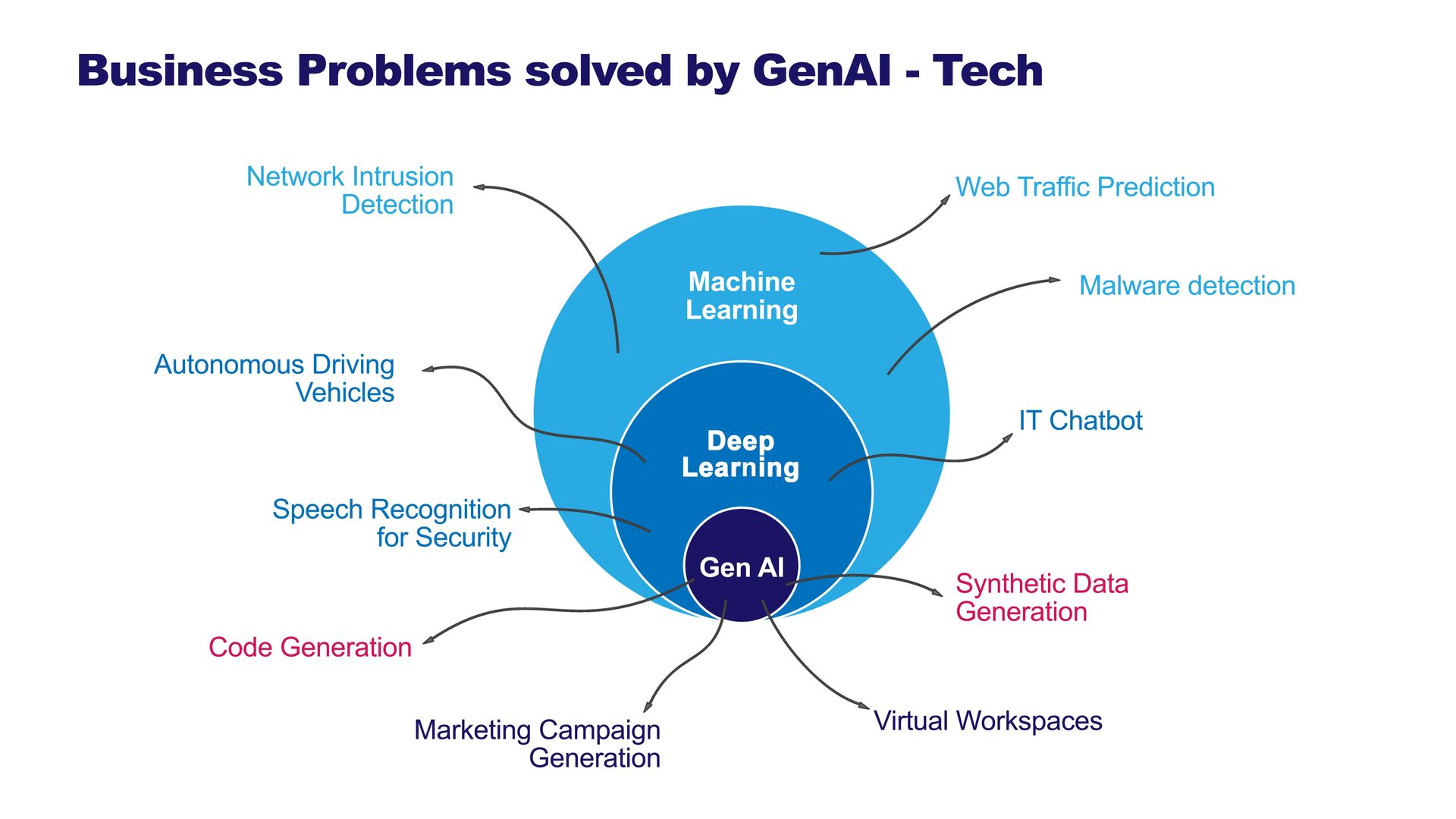Strategies for Carriers to Monetize 5G through Developer Engagement and New Market Structures
March 3, 2024
Network APIs present an opportunity for carriers to capitalize on their 5G investments.

In the context of network APIs and 5G, carriers have a chance to redefine their market role by adopting strategies focused on developers, similar to those that led to the success of Software as a Service (SaaS) and cloud-based offerings. This strategy is not just about selling products but about building ecosystems that support innovation and collaboration. By examining the operational models of communications-platform-as-a-service (CPaaS) and the structure that manages international roaming, carriers can learn how new market structures can support their success with 5G.
Aggregated Model in CPaaS
The CPaaS industry has been successful with an aggregated model, where a third party runs a central platform that offers access to various related APIs. This model makes it easier for developers to use a range of communication tools through one platform, speeding up the creation and launch of new apps and services. For carriers aiming to utilize the capabilities of 5G and network APIs, using a similar aggregated model could be very beneficial. By becoming the central hub for 5G-related APIs, carriers can attract more developers, leading to more innovation and a stronger ecosystem around their network capabilities. This not only improves their 5G offerings' appeal but also creates new revenue opportunities by enabling a wide range of applications and services tailored to specific customer needs.
Federated Model for International Roaming
Meanwhile, the federated model used for international roaming shows how operators can work together directly, without a third-party provider. In this setup, operators make agreements to ensure uninterrupted connectivity and service continuity across borders. For 5G and network APIs, using a federated approach could improve interoperability and standardization among carriers. This would help applications and services using network APIs to work smoothly across different 5G networks, improving the user experience and encouraging more widespread use of 5G-enabled services.
Combining Aggregated and Federated Models
By merging the best features of both the aggregated and federated models, carriers can form a market structure that supports the broad adoption and success of 5G and network APIs. This mixed model would see carriers acting as central hubs for 5G APIs while collaborating to ensure seamless interoperability and service delivery across networks. This structure would not only make it easier for developers by providing access to a wide range of APIs but also ensure that applications and services can be launched widely, across various networks and locations.
Implementing Developer-Focused Strategies
To put these models into action effectively, carriers should concentrate on several key strategies:
- Developer Engagement: Work closely with the developer community by offering complete documentation, developer tools, and support services to encourage experimentation and innovation with 5G APIs.
- Ecosystem Building: Develop a strong network of partners, including technology providers, application developers, and content creators, to create solutions that fully use 5G's capabilities.
- Interoperability and Standards: Work with other carriers and industry groups to set and follow standards that ensure service interoperability and smooth user experiences across networks.
- Innovative Pricing Models: Offer flexible and clear pricing models to make it simpler for developers and businesses to use and expand 5G-enabled services.
By following a strategy that combines the strengths of both aggregated and federated models, carriers can become crucial facilitators of the 5G ecosystem. This not only improves their offering in the digital market but also opens up new opportunities in the age of network APIs and 5G connectivity.





